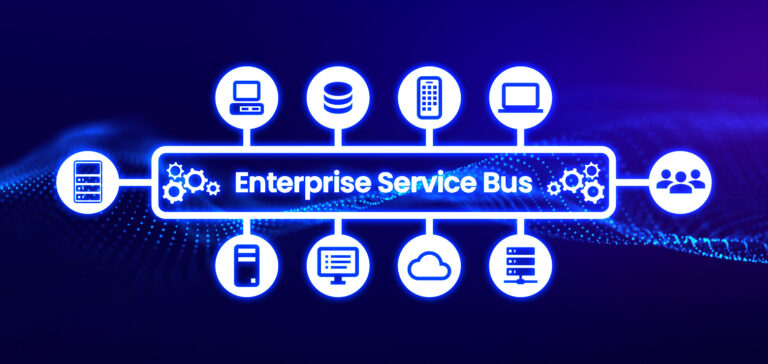As far back as 2007, the shortcomings of big data use in the life sciences has been visible. As Dr. Julian Goldman of Massachusetts General Hospital gave a presentation at the British Consulate-General on healthcare IT, it was pointed out that “one of the paradoxes of automation is that as new systems are continually added, doctors and nurses end up with more screens full of information than they can comfortably observe”. This can lead to swivel chair data entry and the lack of a single source of truth which can considerably bog down healthcare providers, hurt patient care, and decrease the speed at which new products can make it to market.
Integration for Life Sciences organizations offers a myriad of dramatic improvements, including:
- Seamlessly connecting patient, physician and provider data to provide a holistic view of the organization, its people, and its processes.
- Automating core processes to improve patient services, launch new drugs, and deliver medical devices faster.
- Integrating front and back office systems while adhering to government and industry regulations.
- Connecting patient portals, including mobile devices, to your provider network.
- Consolidating data to a warehouse for real-time analytics.
Life Sciences organizations are a complicated business to run. Integrating the many technologies used to run them and automating business processes is the key to a healthy business!
In most cases, providers use multiple applications, but need visibility to that data within a front-office or departmental application. ZirMed, a healthcare solutions provider, integrates Salesforce to their in-house application so operations can access all customer information within Salesforce. Bayer is another great example of the benefits of having a single source of truth application. By integrating Salesforce and SAP, Bayer was able automate the order process across its CRM and ERP applications, allowing for easy management and “set it and forget it” integration. Dignity Health, a non-profit hospital operator, had physician and provider data that could not be easily accessed by their physicians. With integration they are able to continually sync 150,000 provider records with Salesforce, giving users complete visibility to physician credentials, certifications, affiliations and clinic relationships.
Using multiple applications can lead to a disorder we call ‘swivel chair data entry’. This condition can lead to decreased productivity and wasted time. The Marena Group solved this problem by integrating EDI, an in-house app, XML, Xtuple, and their web portal, where previously these systems were entirely un-integrated and costing valuable resources. The automation created through integration provides huge labor and cost savings for their order process.
Complex processes that involve on-premise and cloud apps can really slow business down, keeping vital products out of the hands of patients. AWPRx was using custom code to integrate various Oracle databases and could not handle their data volumes or the cloud applications they wanted to be using. Connecting their Oracle database, as well as cloud applications like Amazon Web Services, force.com, and Google Apps. they cut their integration budget by more than 80 percent and realized a huge return – nearly 300% in the first year alone.
No matter the data challenge, integration for Life Sciences is an essential part of improving business processes, boosting provider efficiency, speeding responses to patients, and offering better products to the market — all while saving valuable budget resources. These companies and more have all seen the value of integration in their businesses.
Visit our Healthcare and Life Sciences Solutions page for more information!


